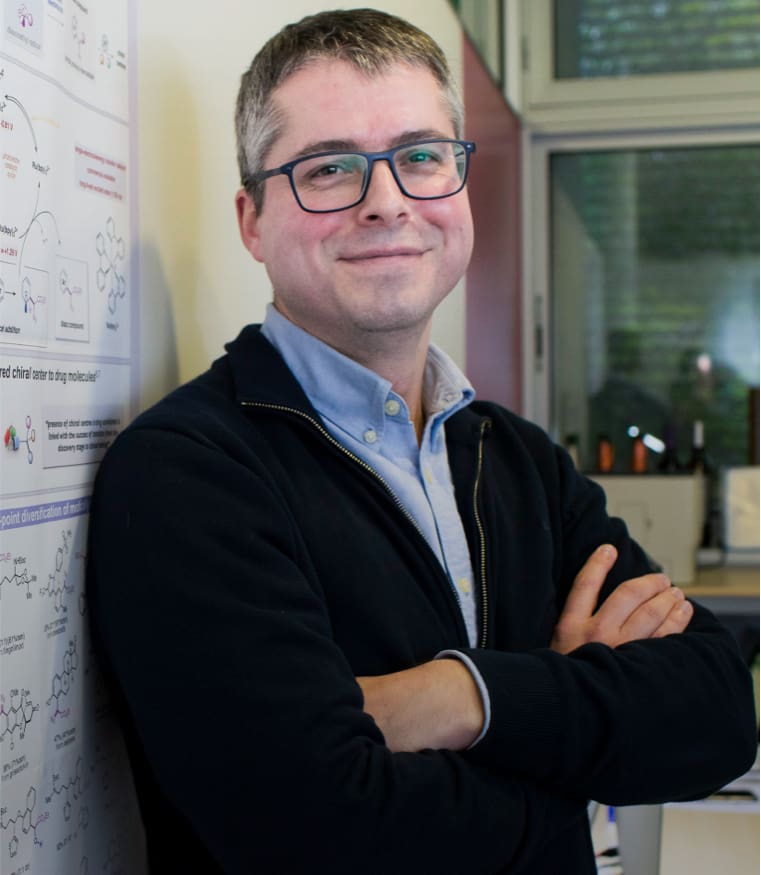Investing in entropy: the strategy of cucurbit[n]urils to accelerate the intramolecular Diels–Alder cycloaddition reaction of tertiary furfuryl amines
Cucurbit[n]urils, renowned for their host–guest chemistry, are becoming versatile biomimetic receptors. Herein, we report that cucurbit[7]uril (CB[7]) accelerates the intramolecular Diels–Alder (IMDA) reaction for previously elusive and unreactive tertiary N-methyl-N-(homo)allyl-2-furfurylamines by up to 4 orders of magnitude under mild conditions. Using 1H NMR titrations and ITC experiments, we characterize the dissimilar thermodynamic and kinetic properties of the complexes. We also determine the activation parameters (ΔG≠, ΔH≠ and ΔS≠) leading to the transition state of the IMDA reactions, both in the bulk and included in CB[7], to shed light on the key role of the receptor on the acceleration observed. CB[7] acts as an “entropy trap” utilizing guest binding to primarily pay the entropy penalty for reorganizing the substrate in a high-energy reactive conformation that resembles the geometry of the highly ordered transition state required for the IMDA reaction. This study underscores the potential of cucurbit[n]urils as artificial active sites, emulating specific aspects of enzymatic catalysis.

De La Vega-Hernández, K.; Suero, M. G.; Ballester, P.
Chem. Sci. 2024,
DOI:
10.1039/D4SC01816H
Associated ICIQ research group/s:
-
RESEARCH GROUP/S
Prof. Marcos García Suero
-
RESEARCH GROUP/S
Prof. Pau Ballester

Let's create a brighter future
Join our team to work with renowned researchers, tackle groundbreaking
projects and contribute to meaningful scientific advancements




















